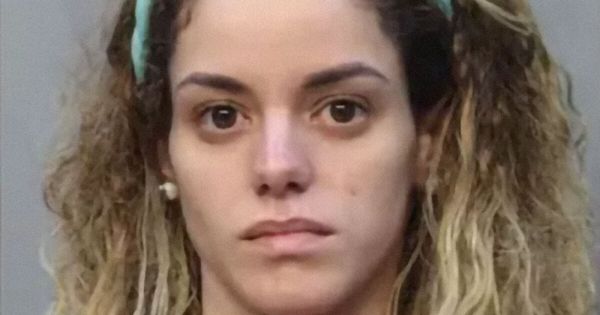LOS ANGELES — In addition to prompting widespread outrage, the revelation that members of the Los Angeles City Council exchanged racist jibes at a secret meeting with a top labor leader has led some Californians to wonder whether they crossed a legal line as well.
The Ralph M. Brown Act of 1953 guarantees the public's right to observe its elected representatives as they deliberate and make decisions, with limited exceptions. And the three members who gathered last October were discussing something with a direct and significant effect on their constituents: the boundaries of new City Council districts, including how economic assets would be divided among districts dominated by Latino and Black residents.
The Brown Act was designed to be broad, extending to informal meet-ups as well as official sessions held at City Hall. But it doesn't apply to every gathering of council members. Instead, it applies to "any congregation of a majority of the members of a legislative body at the same time and location, including (by) teleconference ... to hear, discuss, deliberate, or take any action on any item that is within the subject matter jurisdiction of the legislative body."
There are 15 members of L.A. City Council, so the three who attended the meeting at Los Angeles County Federation of Labor offices — then-Council President Nury Martinez, Kevin de León and Gil Cedillo — did not constitute a majority of that panel. Nor did the three serve together on any council committees, and only Martinez (who announced Tuesday that she was taking a leave of absence) and de León served on the seven-member redistricting committee.
Had two more members of the committee been present at the meeting, the topic being discussed certainly would have qualified for Brown Act treatment. At the time, the council was weighing whether and how to amend the district boundaries proposed by the citizen redistricting commission. The council approved an amended map in December.
The meeting also would have violated the Brown Act had it been one in a sequence of conversations that cobbled together a consensus among a majority on the council or its redistricting committee. According to a presentation from the California League of Cities, such "serial meetings" could be a series of in-person meetings, phone calls or emails between a single member and his or her colleagues, or a "daisy chain" of communications from one member to the next.
There is no indication from the leaked recordings that the session at the L.A. Federation of Labor was part of a series that developed a "collective concurrence" on the council about redistricting. The council voted 12-2 in November in favor of a draft of the amended map and 13-0 in December for final approval.
Had the October session been covered by the Brown Act, the council members would have been required to post a notice of the special meeting on the city's website, notify the media and alert the rest of the City Council at least 24 hours in advance, according to the First Amendment Coalition. The notice would have laid out an agenda for the meeting, and discussions would have been limited to items on the agenda. The meeting would then have been required to be open to the public, and the public would have to have been given the chance to comment.
State law provides limited remedies for meetings that violate the Brown Act. Officials can be charged with misdemeanors for participating, but any actions taken have to be challenged within 90 days of the closed meeting in order to be reversed.
———







